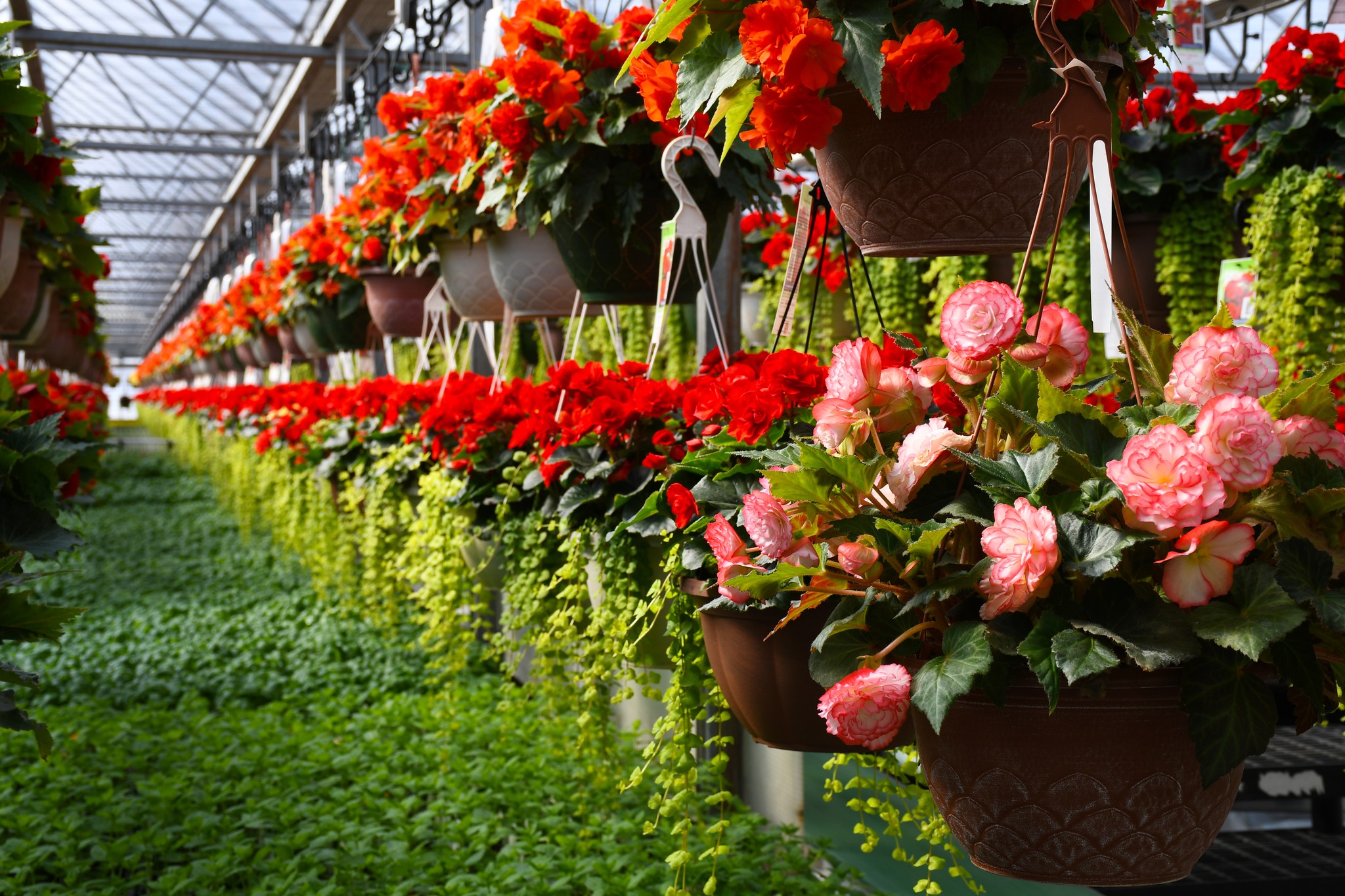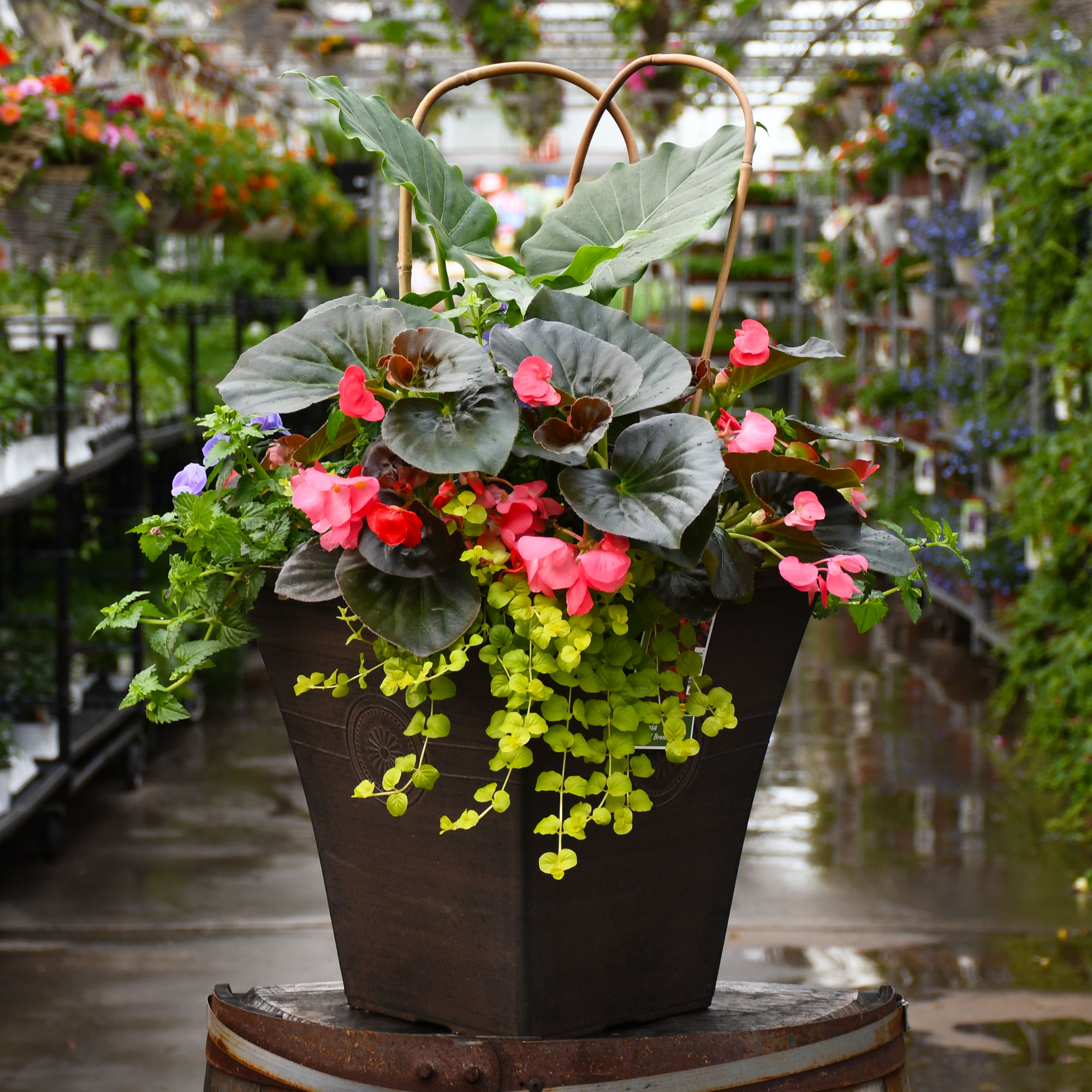Black and bloom salvias are some of the most striking plants for gardens and containers. With their inky black calyces contrasting vibrantly with colorful blooms they add incredible drama. I’m going to walk you through how to grow these beauties and keep them thriving.
Salvias are classic garden favorites, valued for their long bloom seasons and irresistible flowers that attract hummingbirds and butterflies. Black and bloom salvias offer a fashionable twist on traditional salvias. Their trademark dark calyces set off the blooms for an eye-catching pop of color.
Some top black and bloom salvia varieties include:
-
Salvia guaranitica ‘Black and Bloom’ – Vibrant blue blooms with deep black stems and calyces Stunning!
-
Salvia ‘Amistad’ – Rich royal purple flowers combined with inky black stems and calyces.
-
Salvia leucantha ‘Santa Barbara’ – Elegant velvety purple blooms with black bracts.
These are tender perennials hardy in zones 8-10. They flourish with heat and will bloom vigorously from spring until fall if cared for properly. Let’s look at how to provide the perfect conditions to keep your black and bloom salvias thriving.
Key Growing Conditions for Optimal Growth
Sunlight
Black and bloom salvias need full sun for the best growth and maximum blooms Provide at least 6 hours of direct sunlight per day Morning sun is ideal, A spot with light afternoon shade is acceptable,
Soil
Well-draining soil is crucial, as these salvias hate wet roots. The ideal soil mix is sandy loam enriched with chalk. Improve drainage in heavy clay soils by mixing in compost.
Water
Consistent water is important, but avoid overwatering. Allow the soil surface to dry out slightly between waterings. Water deeply 1-2 times per week during growth and blooming.
Temperature
Salvias revel in summer heat. Daytime temperatures of 70-90°F are optimal. Bring potted salvias indoors or protect plantings if temps dip below 50°F, as they are not frost hardy.
Fertilizer
Feed container plantings with a balanced liquid fertilizer every 2-4 weeks during active growth and blooming. Avoid high nitrogen formulas, which cause lanky growth.
Pruning
Prune off any dead stems or spent flower spikes as needed through the season to encourage new growth and blooms. In spring, cut back leggy stems by up to one-third to rejuvenate plants.
Troubleshooting Common Black and Bloom Salvia Problems
Here are some potential issues and fixes for black and bloom salvias:
-
Wilting or browning leaves – Signs of overwatering. Allow more time between waterings for soil to dry out.
-
Leggy growth – Give more sunlight. Pinch back stem tips to promote bushiness.
-
Few blooms – Feed plants, prune back leggy growth, and deadhead spent blooms.
-
Black leaf spots – Leaf spot fungus. Improve air circulation and avoid overcrowding plants.
-
White cottony coating on leaves – Mealybugs. Wipe away by hand or use insecticidal soap spray.
Companion Plants for Black and Bloom Salvias
Here are some excellent options for planting companions:
- Other salvias like Salvia ‘Wendy’s Wish’
- Verbena bonariensis
- Blanket flower (Gaillardia)
- Coneflowers (Echinacea)
- Lantana
- Zinnias
- Marigolds
- Butterfly bush (Buddleia)
These pair beautifully with the vivid flowers and dark foliage of black and bloom salvias.
Caring for Potted Black and Bloom Salvias
Container plantings allow maximizing these salvias’ colors and textures on patios and in small spaces. Use a quality potting mix and containers with drainage holes. Water when the top inch of soil is dry. Fertilize every 2-4 weeks. Move containers to a protected spot for winter or take indoors in cold climates. Prune back by 1/3 in spring before bringing back outside.
Enjoying the Dramatic Beauty
With their elegant dark calyces and vibrant colorful blooms, black and bloom salvias are showstoppers in gardens and containers. Follow this care guide to keep your plants healthy and floriferous. Then sit back and enjoy the vivid interplay of light and dark as these stunners attract admiring pollinators. Let black and bloom salvias bring breathtaking beauty and pops of color to your landscape this season!

Direct from the Grower
When you see the Gerten Grown logo on our annuals, you know youre getting a fresh plant directly from our greenhouse. Weve been perfecting our growing process for over four generations and pride ourselves on providing local quality and freshness to our customers. Better pricing on better quality plant material, thats Gerten Grown.




Plant Height: 3 feet
Flower Height: 5 feet
Spacing: 24 inches
Sunlight: ![]()
![]()
Hardiness Zone: 7b
Other Names: Blue Anise Sage, Anise-scented Sage
Black And Bloom Sage features showy spikes of blue flowers with black calyces rising above the foliage from mid summer to mid fall. Its fragrant pointy leaves emerge chartreuse in spring, turning green in color throughout the season. The fruit is not ornamentally significant. The deep purple stems are very colorful and add to the overall interest of the plant.
Black And Bloom Sage is an herbaceous perennial with an upright spreading habit of growth. Its medium texture blends into the garden, but can always be balanced by a couple of finer or coarser plants for an effective composition.
This plant will require occasional maintenance and upkeep, and is best cleaned up in early spring before it resumes active growth for the season. It is a good choice for attracting bees, butterflies and hummingbirds to your yard, but is not particularly attractive to deer who tend to leave it alone in favor of tastier treats. It has no significant negative characteristics.
Black And Bloom Sage is recommended for the following landscape applications;
- Mass Planting
- Rock/Alpine Gardens
- Border Edging
- General Garden Use
- Container Planting
Black And Bloom Sage will grow to be about 3 feet tall at maturity extending to 5 feet tall with the flowers, with a spread of 3 feet. When grown in masses or used as a bedding plant, individual plants should be spaced approximately 24 inches apart. It grows at a fast rate, and under ideal conditions can be expected to live for approximately 5 years.
This plant does best in full sun to partial shade. It does best in average to evenly moist conditions, but will not tolerate standing water. It is not particular as to soil type or pH. It is somewhat tolerant of urban pollution, and will benefit from being planted in a relatively sheltered location. Consider applying a thick mulch around the root zone in winter to protect it in exposed locations or colder microclimates. This is a selected variety of a species not originally from North America.
Black And Bloom Sage is a fine choice for the garden, but it is also a good selection for planting in outdoor pots and containers. With its upright habit of growth, it is best suited for use as a thriller in the spiller-thriller-filler container combination; plant it near the center of the pot, surrounded by smaller plants and those that spill over the edges. It is even sizeable enough that it can be grown alone in a suitable container. Note that when growing plants in outdoor containers and baskets, they may require more frequent waterings than they would in the yard or garden. Be aware that in our climate, most plants cannot be expected to survive the winter if left in containers outdoors, and this plant is no exception. Contact our experts for more information on how to protect it over the winter months.
| Available for Pre-Order | Yes |
|---|---|
| Gerten Grown Plants | Gerten Grown Plants |
| Common Family Name | Salvia |
| Sun Preference | Full-Sun |
| Plant Life Cycle | Annual |
| Mature Height (Range) | 37″ – 48″ |
| Mature Spread (Range) | Over 36″ |
Salvia ‘Black and Blue’ Plant Profile
FAQ
How do you take care of black and bloom salvias?
Thrives in loose, organically rich, moist, well-drained soil. Water deeply, regularly to establish root system; once established, reduce frequency.
Do salvias like full sun or shade?
Sunlight: Most salvias prefer full sun and need at least 6 hours of direct sunlight per day. Some will bloom well in part shade. Soil: Salvias usually prefer well-drained soil and do not tolerate wet or waterlogged soil. They grow best in soil that is amended with organic matter, such as compost.
Do black and blue salvias come back every year?
‘Black and Blue’ salvia is an attractive cultivar that is grown as a perennial or subshrub. It is hardy in zones 7 through10, but it may be grown as an annual in colder climates. They are one of the most popular and common salvias on the market.
How big do black and bloom salvias get?
Growing up to 3-4 feet tall and wide (90-120 cm), this perennial plant is ideal for the mid or back of the border and mixes wonderfully with the vibrant, hot colors of other perennials such as Crocosmia and Rudbeckia or annuals (Zinnias).
